Home>diy>Planning & Engineering>How Does A Landscape Architect Use Mathematics?


Planning & Engineering
How Does A Landscape Architect Use Mathematics?
Modified: March 6, 2024
Discover how landscape architects leverage mathematics in their planning and engineering process. Explore the role of calculations and measurements in creating sustainable and visually captivating landscapes.
(Many of the links in this article redirect to a specific reviewed product. Your purchase of these products through affiliate links helps to generate commission for Storables.com, at no extra cost. Learn more)
Introduction
When envisioning a beautiful landscape, the first thing that may come to mind is the artistic eye of a landscape architect. However, what may not be immediately apparent is the intricate role that mathematics plays in the creation of stunning outdoor spaces. From understanding topography to calculating dimensions and analyzing drainage patterns, landscape architects rely on mathematical principles to bring their designs to life.
In this article, we will explore how landscape architects utilize mathematics to create functional and visually appealing landscapes. We will delve into various areas where math is applied, from measuring land area and calculating slopes, to designing irrigation systems and planning lighting layouts. By the end of this article, you will gain a deeper appreciation for the mathematical precision behind the meticulous work of landscape architects.
So, let’s take a journey into the fascinating world where geometry, algebra, and calculations intersect with the natural beauty of the great outdoors.
Key Takeaways:
- Landscape architects use math to understand the land’s shape, measure areas, and calculate slopes, ensuring designs blend seamlessly with nature’s contours and remain stable.
- Math helps landscape architects plan irrigation, lighting, and plant quantities, creating beautiful, functional outdoor spaces that conserve resources and enhance the environment.
Read more: What Does A Landscape Architect Do
Understanding Topography
Before beginning any landscape design, a thorough understanding of the existing topography is crucial. Topography refers to the physical features and contours of the land. By studying the topography of a site, landscape architects can identify natural highs and lows, slopes, and other landforms that will influence the design.
Mathematics plays a key role in analyzing topography. Landscape architects use surveying techniques and tools to accurately measure and map the elevation changes across the site. This data is then translated into contour lines, which depict the varying heights and slopes of the land. By interpreting these contour lines, landscape architects can visualize the land’s form and identify areas for potential design elements or challenges.
Furthermore, mathematical formulas are employed to calculate the degree of slope at different points on the site. This information is essential for determining the stability and usability of the land. Slope analysis helps landscape architects identify areas that may require terracing, retaining walls, or other structural measures to manage soil erosion and ensure usability.
Understanding topography through mathematical analysis is fundamental for designing landscapes that harmonize with the land’s natural features. It allows landscape architects to make informed decisions and create designs that seamlessly integrate with the existing terrain.
Measuring Land Area and Dimensions
Accurate measurement of land area and dimensions is a crucial step in the landscape design process. Landscape architects need to know the exact size and boundaries of a site to create designs that fit within the space and comply with local regulations. Mathematics comes into play when measuring land area and dimensions.
One of the common mathematical techniques used is the application of geometric formulas. For example, to calculate the area of a rectangular space, landscape architects use the formula A = length × width. By measuring the length and width of the site, they can quickly determine its area. Similarly, for irregularly shaped areas, landscape architects employ advanced geometric equations, such as those used in trigonometry and calculus, to arrive at accurate measurements.
In addition to land area, landscape architects also measure various dimensions of the site. This includes the length and width of pathways, the height of structures, the spacing between planting beds, and the distances between different elements within the landscape. Precise measurements are crucial for proper spacing and scale in the design, ensuring a visually appealing and functional layout.
To measure land area and dimensions, landscape architects use a variety of tools, including tape measures, laser rangefinders, and GPS technology. These tools provide accurate measurements, allowing landscape architects to create detailed designs that maximize the potential of the site.
By employing mathematical principles and utilizing precise measurement techniques, landscape architects can confidently determine the land area and dimensions, ensuring that their designs perfectly fit into the available space and meet the needs and requirements of the project.
Calculating Slopes and Gradients
Understanding the slopes and gradients of a landscape is essential for proper and efficient design. Whether it’s for determining the stability of the terrain, managing water runoff, or creating accessible pathways, landscape architects rely on mathematical calculations to accurately measure and determine the slopes and gradients of different areas.
To calculate slopes, landscape architects utilize the concept of rise over run. This involves measuring the vertical change in elevation (rise) over a given horizontal distance (run). By dividing the rise by the run, landscape architects can determine the slope ratio or percentage slope. For example, a slope ratio of 1:4 means that for every 1 unit of vertical rise, there is 4 units of horizontal run.
Gradients, on the other hand, refer to the rate of inclination or the steepness of a slope. Landscape architects calculate gradients using trigonometric functions, such as tangent or sine, to determine the angle of inclination. This information is crucial in designing landscapes that are accessible and safe for users. For instance, when designing wheelchair-accessible ramps, landscape architects need to ensure the gradients are within acceptable limits to meet accessibility guidelines.
Mathematical calculations are also used in contour analysis to identify areas with higher or lower gradient values. This enables landscape architects to make informed decisions about land sculpting, drainage patterns, and the positioning of various landscape features.
Accurate calculation of slopes and gradients allows landscape architects to implement appropriate measures to control erosion, manage water flow, and enhance the functionality and safety of the landscape. It ensures that the design not only harmonizes with the natural topography but also meets the needs of the users.
Analyzing Drainage and Water Flow
Effective drainage and water management are crucial considerations in landscape design. Improper drainage can lead to erosion, waterlogging, and damage to plants and structures. Landscape architects rely on mathematical analysis to understand and implement efficient drainage systems to ensure proper water flow within the landscape.
Mathematics plays a critical role in analyzing the slope, runoff, and water flow patterns on a site. By using topographic data and calculating the slope and grade, landscape architects can identify areas prone to water accumulation and potential drainage issues. By considering factors such as rainfall intensity, soil permeability, and the size of the area to be drained, landscape architects can determine the capacity of the drainage system required.
Hydraulic engineering principles are applied to calculate the size and capacity of drainage pipes, channels, and other water management structures. These calculations take into account factors such as flow rate, velocity, and pressure, ensuring that the drainage system can efficiently handle the expected amount of water and prevent flooding or erosion.
In addition, landscape architects use mathematical modeling software to simulate water flow patterns and predict potential areas of concern. These simulations help in designing effective drainage solutions, such as swales, retention ponds, or French drains, that redirect and manage water flow appropriately.
By accurately analyzing drainage and water flow through mathematical calculations and simulations, landscape architects can design landscapes that effectively manage water runoff, prevent erosion, and promote healthier plant growth. A well-designed drainage system ensures the longevity and sustainability of the landscape while minimizing potential water-related issues.
Read more: How Much Does A Landscape Architect Cost?
Determining Planting Quantities
Choosing the right quantity of plants is a critical aspect of landscape design. Whether it’s for creating lush gardens, incorporating green spaces, or designing natural habitats, landscape architects rely on mathematical calculations to determine the appropriate planting quantities for a given area.
One of the mathematical principles employed in determining planting quantities is the concept of plant spacing. Landscape architects consider the mature size of the plants and their growth habits to determine the optimal spacing between them. This ensures that plants have enough room to grow and develop without overcrowding or competing for resources.
Calculating the planting quantities also involves taking into account factors such as the desired density of plants and the desired visual effect. Landscape architects use mathematical formulas and conversion factors to determine the number of plants needed per square meter or square foot of the landscape area.
Additionally, mathematical calculations are utilized to estimate the total area to be landscaped and then determine the quantity of plants required to cover that area. By considering factors such as the average size of plants at planting, the desired coverage rate, and any pattern or arrangement preferences, landscape architects can calculate the required number of plants accurately.
Mathematics also aids in budgeting and cost estimation for plant materials. By knowing the specific planting quantities, landscape architects can determine the cost of plants and accurately allocate the landscaping budget. This ensures that the design remains within budget while still achieving the desired aesthetic and functional goals.
The use of mathematical calculations in determining planting quantities allows landscape architects to create balanced and visually appealing landscapes. By ensuring the right balance between density, spacing, and overall quantity, landscape architects can create stunning outdoor spaces that flourish and thrive.
A landscape architect uses mathematics to calculate areas, volumes, and proportions when designing outdoor spaces. They also use math to create accurate measurements and scale drawings.
Estimating Material Costs
In landscape design projects, estimating material costs is a crucial step in the planning process. It allows landscape architects to develop budgets, make informed decisions, and present accurate proposals to clients. Mathematics plays a vital role in the estimation of material costs, ensuring that the project remains financially viable.
To estimate material costs, landscape architects consider various factors such as the area to be covered, the type of materials needed, and the unit price of those materials. Mathematical calculations come into play when determining the quantity of materials required for a specific project.
For example, when estimating the amount of soil or mulch needed for a garden bed, landscape architects calculate the volume by multiplying the length, width, and depth of the bed. Similarly, when estimating the quantity of pavers or stones needed for a pathway or patio, mathematical formulas are used to determine the total surface area and the number of units required based on their size and spacing.
In addition to calculating volume and surface area, landscape architects use mathematical calculations to convert between different measurement units. This ensures that quantities are accurately estimated and that there is consistency in the units used throughout the estimation process.
Furthermore, researching and comparing prices for materials is an important aspect of cost estimation. By utilizing mathematical calculations, landscape architects can calculate the total cost of materials based on unit prices, quantities needed, and any discounts or bulk pricing available.
Estimating material costs accurately allows landscape architects to develop realistic budgets and guide clients in making informed decisions. It helps ensure that the project is financially feasible and that the chosen materials align with the desired design aesthetic.
By incorporating mathematical calculations into the estimation process, landscape architects can confidently navigate the complexities of material costs and deliver projects that meet both aesthetic and budgetary requirements.
Designing Irrigation Systems
Irrigation is a critical component of landscape design, ensuring that plants receive the necessary water for healthy growth and vitality. Landscape architects rely on mathematical calculations to design efficient and effective irrigation systems that maximize water usage while minimizing waste.
To design an irrigation system, landscape architects consider various factors such as the water requirements of different plants, the layout of the landscape, and the local climate. By understanding these factors and utilizing mathematical calculations, landscape architects can determine the optimal placement of irrigation components, such as pipes, sprinklers, and emitters.
One of the key mathematical principles used in irrigation design is the calculation of water flow rates and distribution. Landscape architects consider factors such as plant water requirements, soil type, and evaporation rates to determine the flow rate and duration of irrigation cycles. Mathematical formulas and calculations are utilized to estimate water demand, distribution uniformity, and irrigation timing to ensure that plants receive the appropriate amount of water.
In addition, landscape architects use mathematical calculations to assess the hydraulic characteristics of the irrigation system, such as pressure losses and pipe sizing. By considering factors such as pipe length, diameter, and water pressure, landscape architects can design irrigation systems that deliver water efficiently and evenly throughout the landscape.
Mathematical modeling and simulations also play a crucial role in irrigation system design. By inputting data such as soil moisture levels, plant water needs, and weather conditions, landscape architects can simulate and optimize irrigation schedules. These simulations help in understanding how different variables impact water distribution and allow for adjustments to be made to create more efficient irrigation plans.
Designing irrigation systems that are both effective and efficient requires a deep understanding of irrigation principles and mathematical calculations. By utilizing these calculations, landscape architects can create irrigation systems that conserve water, promote plant health, and contribute to sustainable landscape practices.
Planning Outdoor Lighting
Outdoor lighting is a key element in landscape design, enhancing the beauty and functionality of outdoor spaces. Landscape architects utilize mathematical calculations in the planning stage to ensure that the placement, intensity, and coverage of outdoor lighting fixtures are optimal for creating the desired ambiance and highlighting key features.
One of the mathematical principles used in planning outdoor lighting is the calculation of illumination levels. Landscape architects consider factors such as the type of space, the activities taking place in that space, and the desired mood or atmosphere. By using mathematical formulas, they can determine the appropriate light levels and establish the number and wattage of fixtures needed.
Another mathematical consideration in outdoor lighting design is beam spread and coverage. Landscape architects use calculations to determine the beam angle of lighting fixtures, which affects the spread and intensity of light. By strategically placing fixtures and adjusting beam angles, they can achieve uniform lighting coverage across the desired areas while minimizing glare and light pollution.
Furthermore, mathematical calculations are used to estimate the electrical loads and voltage drop in outdoor lighting systems. By considering the wattage and distance of fixtures from power sources, landscape architects can ensure that the electrical infrastructure can safely and efficiently support the lighting design.
Mathematical modeling and simulation software also play a significant role in outdoor lighting design. By inputting variables such as fixture types, positions, and beam angles, landscape architects can create virtual simulations that show the distribution, intensity, and visual effects of the lighting design. This allows for adjustments and fine-tuning to achieve the desired lighting outcomes.
By incorporating mathematical calculations into the planning of outdoor lighting, landscape architects can create captivating and functional nighttime landscapes. By carefully considering illumination levels, beam spread, and electrical considerations, they can design lighting systems that bring out the best features of the landscape, enhance safety and security, and create stunning visual effects.
Read more: What Pen Do Landscape Architect Use
Utilizing Geometry in Design Layouts
Geometry plays a fundamental role in the design layouts created by landscape architects. By utilizing mathematical principles and geometric concepts, landscape architects can create visually appealing and harmonious outdoor spaces.
One way geometry is applied in design layouts is through the use of geometric shapes and patterns. Landscape architects often incorporate circles, squares, triangles, and other geometric shapes in their designs to create focal points, define boundaries, and establish a sense of balance and order. These shapes can be found in various elements such as pathways, planting beds, and hardscape features.
Mathematical calculations involving proportions and ratios are also used to achieve visual harmony in design layouts. Landscape architects consider the relationships between different elements, such as the height and width of structures, the spacing of plants, and the dimensions of outdoor furniture. By applying principles derived from the Golden Ratio or other geometric concepts, landscape architects can create designs that feel well-balanced and visually pleasing to the human eye.
In addition, symmetry and asymmetry, both derived from geometric principles, are carefully utilized in design layouts. Symmetry, where elements are mirrored and balanced, can create a sense of formality and order. Asymmetry, on the other hand, allows for a more dynamic and naturalistic feel. Landscape architects consider the spatial relationships between different elements and employ these concepts to create visually interesting and engaging designs.
Geometry is also utilized in the placement and alignment of elements within a layout. Landscape architects consider angles, perpendicular lines, and parallel lines to create visually pleasing compositions. By applying mathematical calculations, they can ensure that pathways flow smoothly, elements are aligned properly, and overall visual balance is achieved.
Furthermore, geometric calculations aid in the practical aspects of design layouts, such as measuring distances and determining areas. Landscape architects use mathematical formulas and geometric equations to accurately measure and divide spaces, ensuring that proportions are maintained and designs fit seamlessly within the available area.
By leveraging geometry in design layouts, landscape architects create outdoor spaces that are not only aesthetically pleasing but also functionally balanced and visually harmonious. Through the application of mathematical principles, they are able to achieve designs that engage the senses and create a sense of cohesion and beauty within the landscape.
Conclusion
In the realm of landscape architecture, mathematics is an indispensable tool that helps to transform creative concepts into tangible, functional, and visually stunning outdoor spaces. From understanding topography to calculating slopes, analyzing drainage patterns, and determining proper plant quantities, landscape architects rely on mathematical principles to bring their designs to life.
Through the use of mathematical calculations and measurements, landscape architects are able to thoroughly analyze and interpret the natural features of a site. This knowledge serves as the foundation for creating designs that harmonize with the land and optimize its potential. By understanding topography, landscape architects can make informed decisions about land sculpting, placement of structures, and the layout of various landscape elements.
Mathematics also comes into play when it comes to determining appropriate planting quantities and estimating material costs. These calculations ensure that the right amount of plants is selected for a specific area and that the budget is effectively allocated to procure the necessary materials. This attention to detail enhances the overall success of a landscape design project.
Furthermore, mathematics guides the design of irrigation systems, outdoor lighting layouts, and the utilization of geometry in design layouts. By accurately calculating water flow rates, distribution patterns, lighting coverage, and geometric proportions, landscape architects can create environments that are both aesthetically pleasing and functionally optimized.
In conclusion, the seamless integration of mathematics into landscape architecture showcases the dynamic relationship between science, art, and the natural world. It underscores the fact that the successful creation of beautiful outdoor spaces requires not only a creative vision but also a deep understanding and application of mathematical principles. Through the careful utilization of mathematics, landscape architects are able to design landscapes that not only captivate the eye but also enhance the quality of life for those who inhabit and interact with these spaces.
Frequently Asked Questions about How Does A Landscape Architect Use Mathematics?
Was this page helpful?
At Storables.com, we guarantee accurate and reliable information. Our content, validated by Expert Board Contributors, is crafted following stringent Editorial Policies. We're committed to providing you with well-researched, expert-backed insights for all your informational needs.
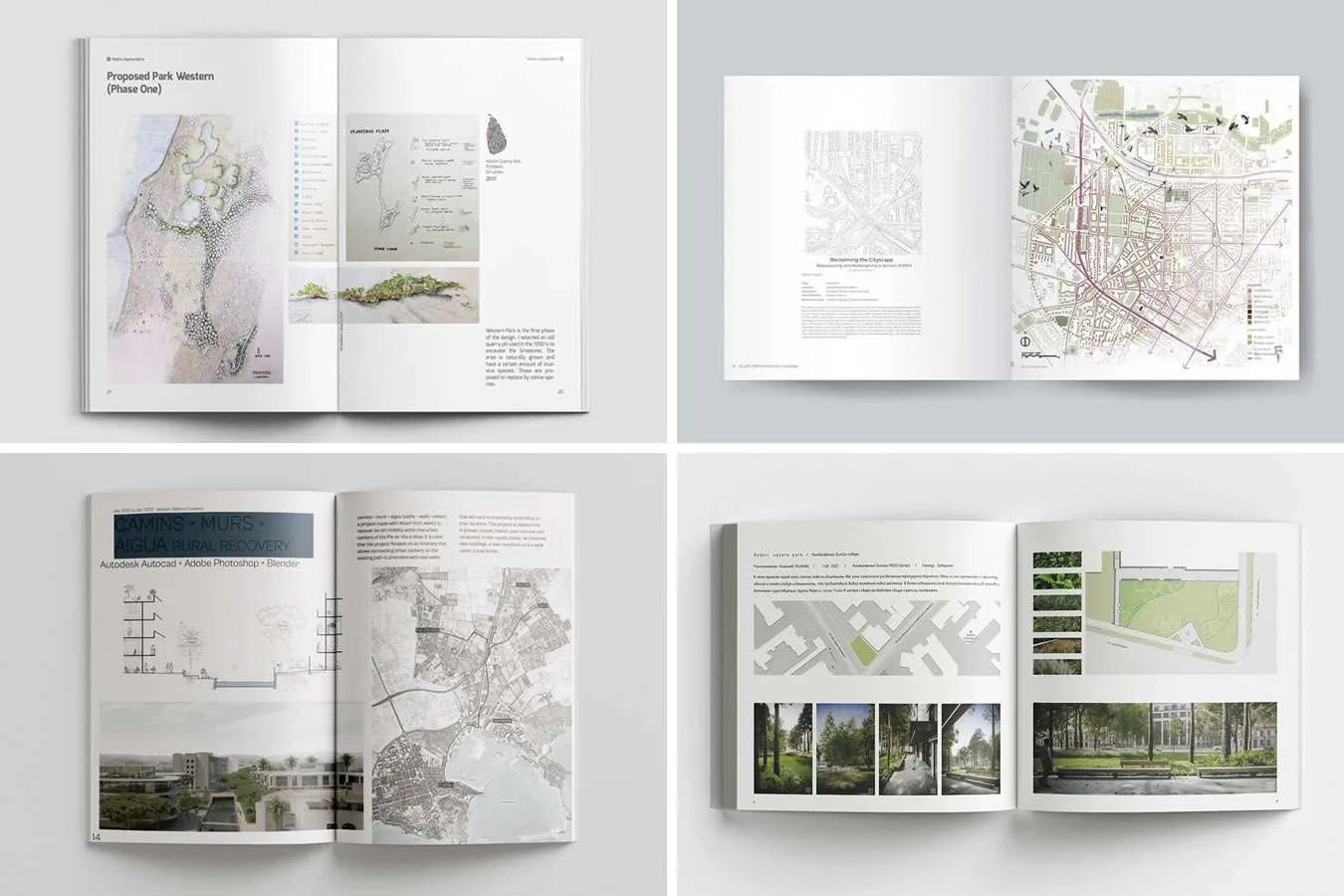

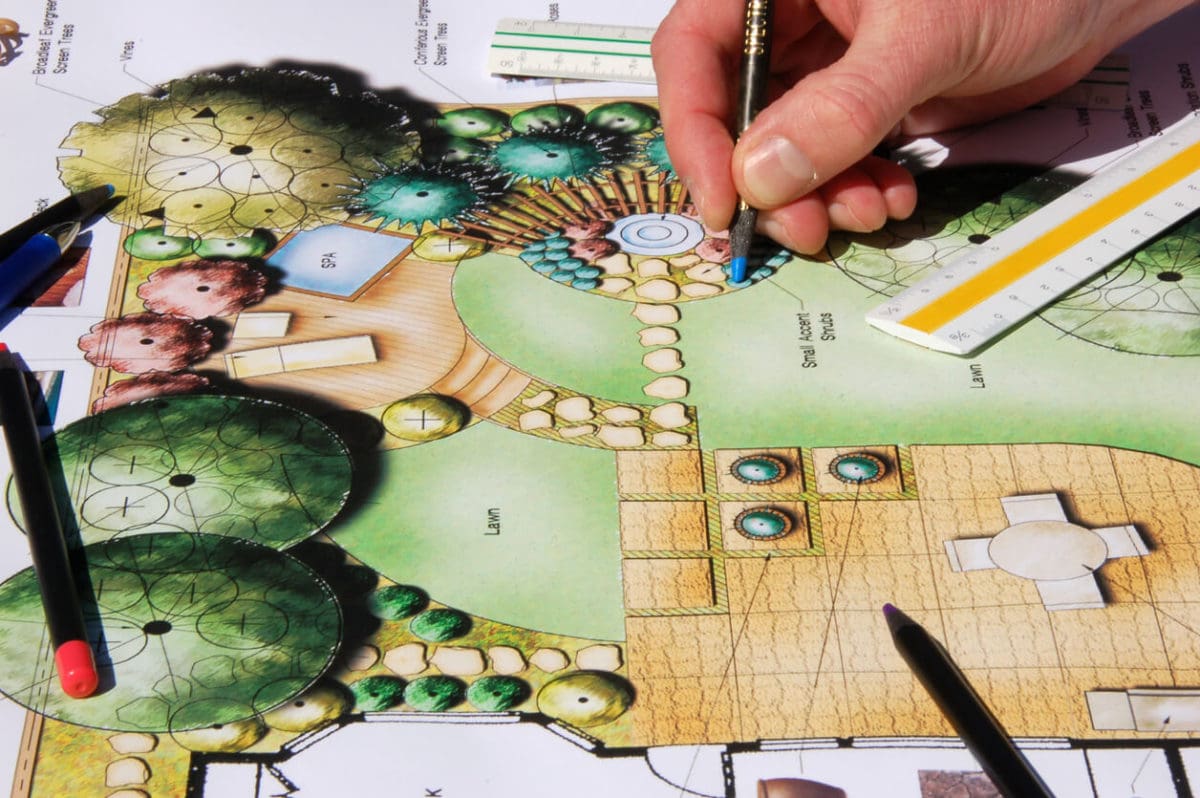
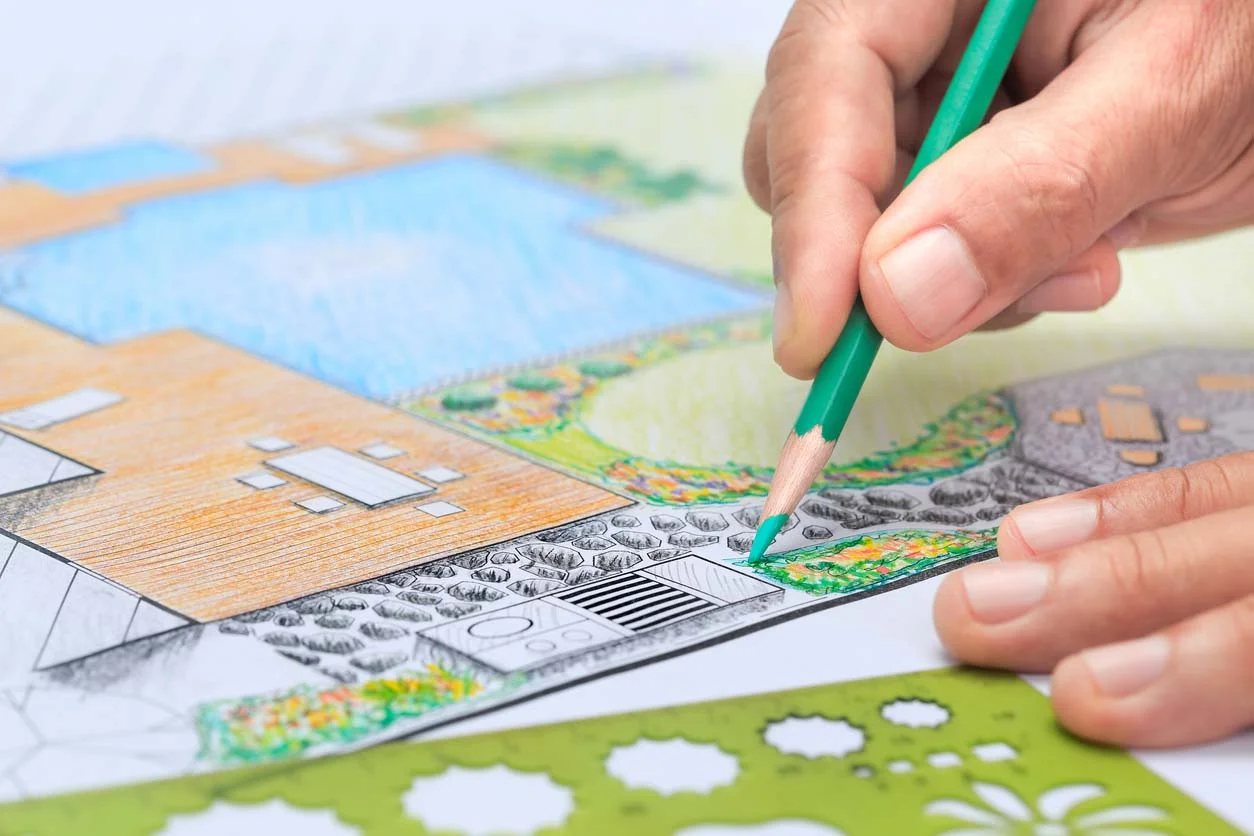
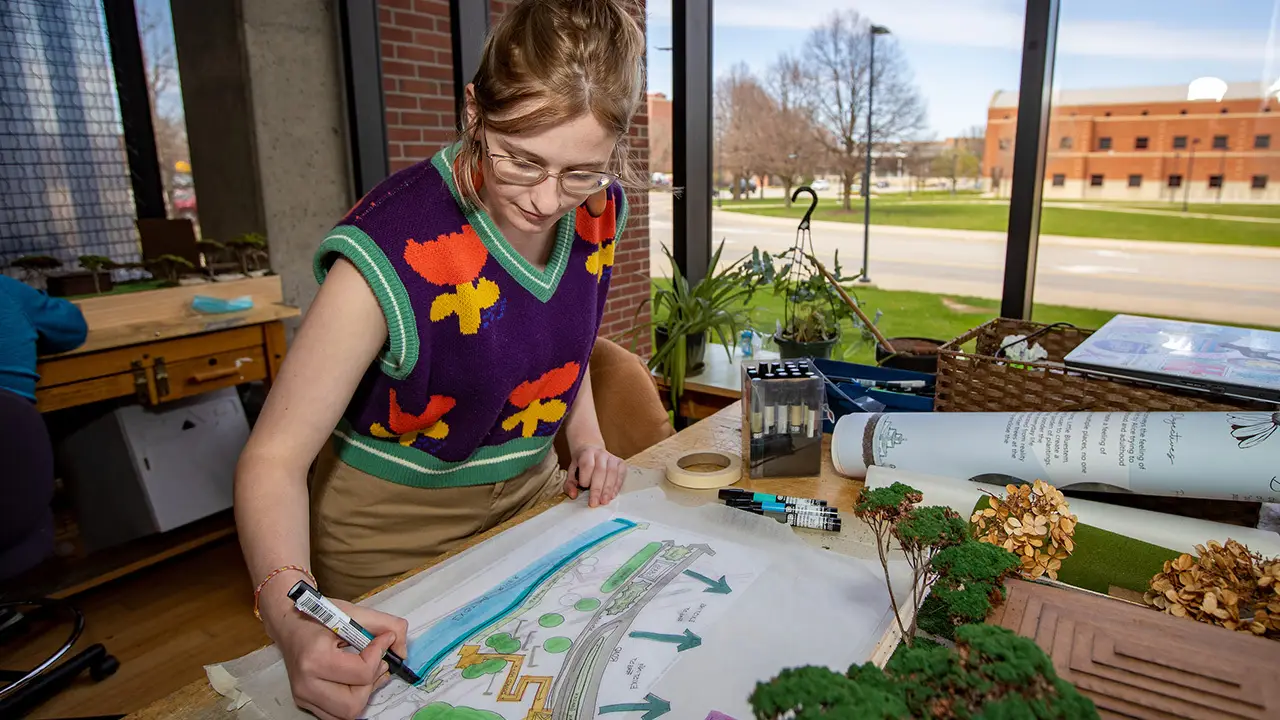

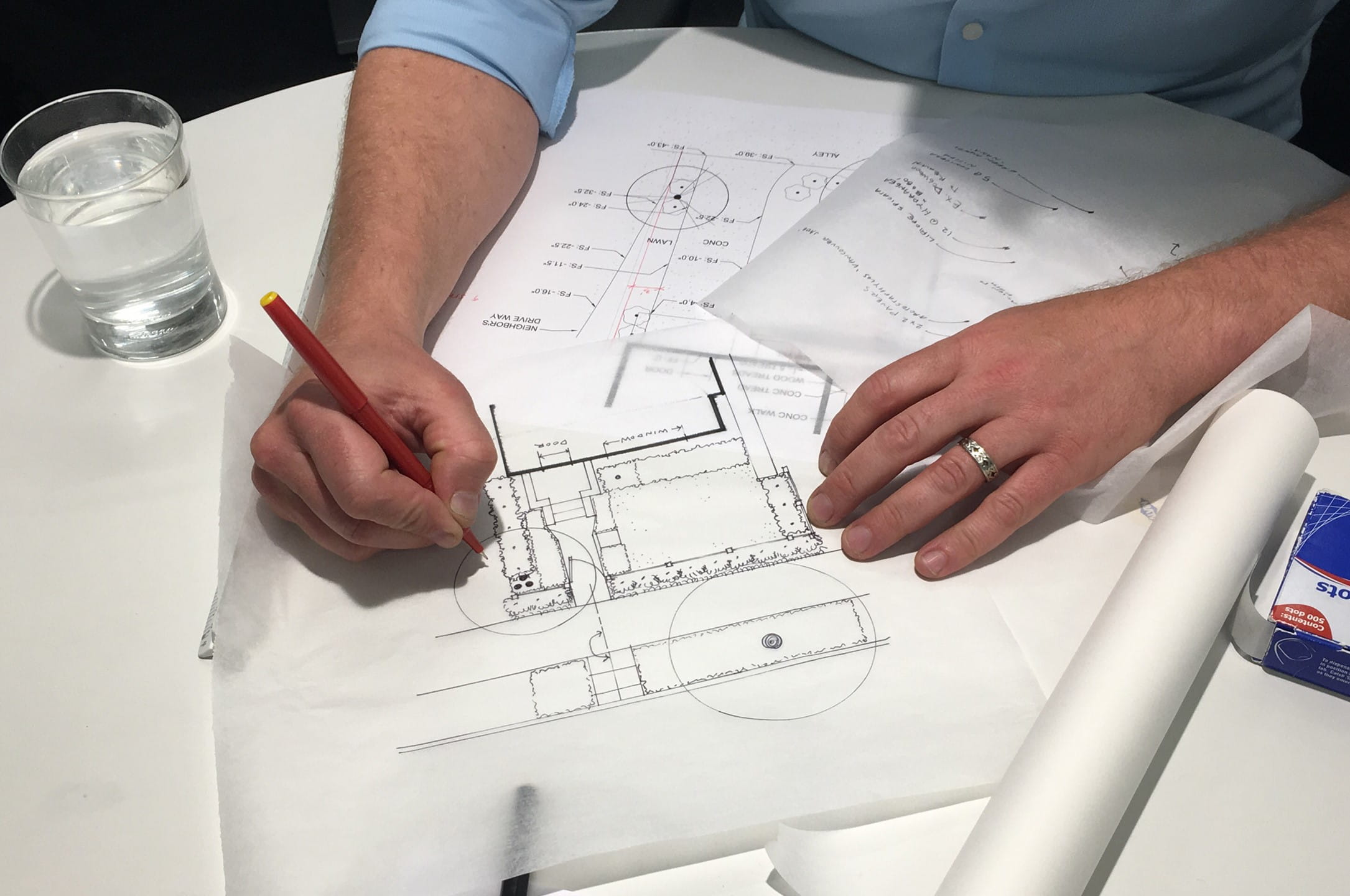
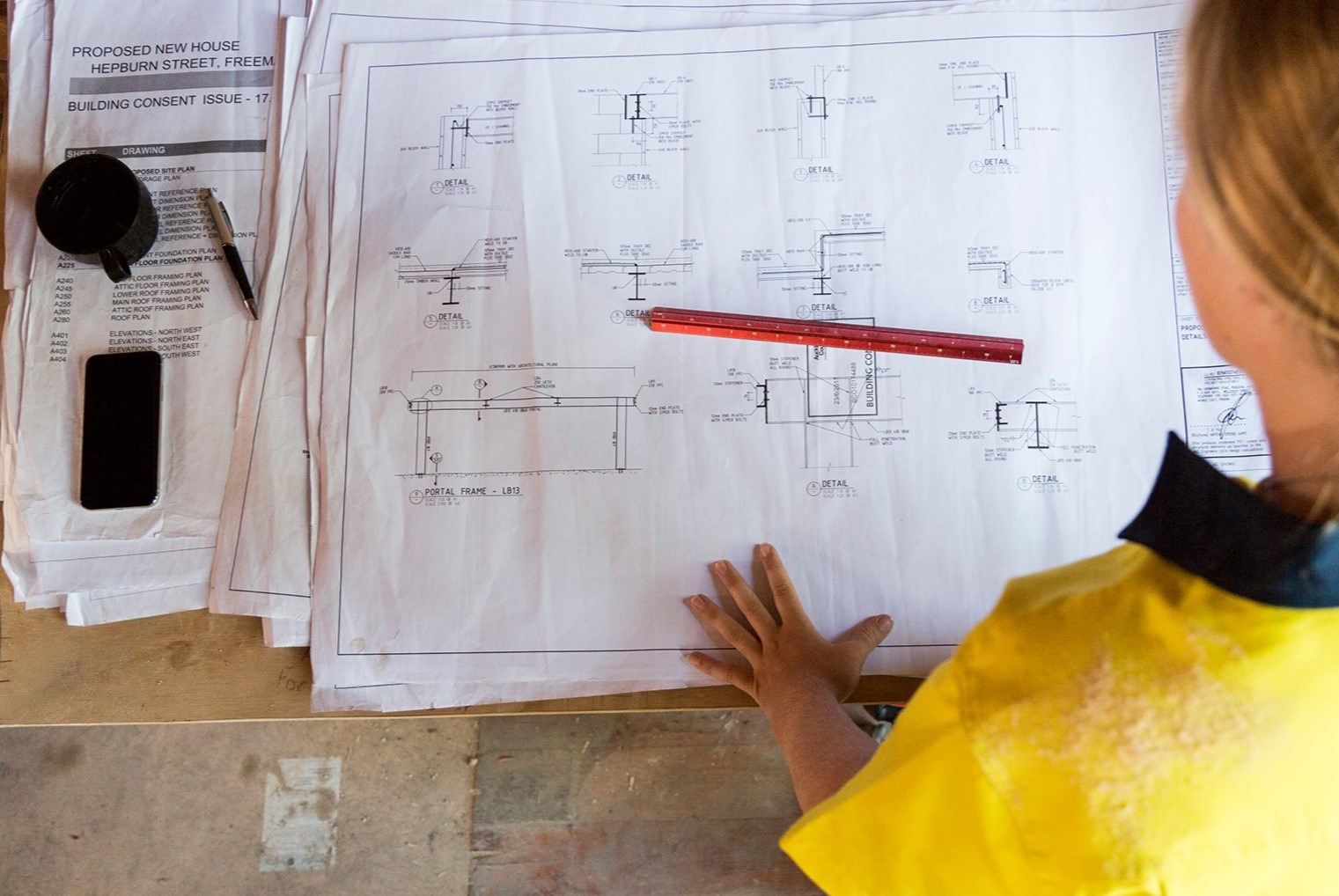

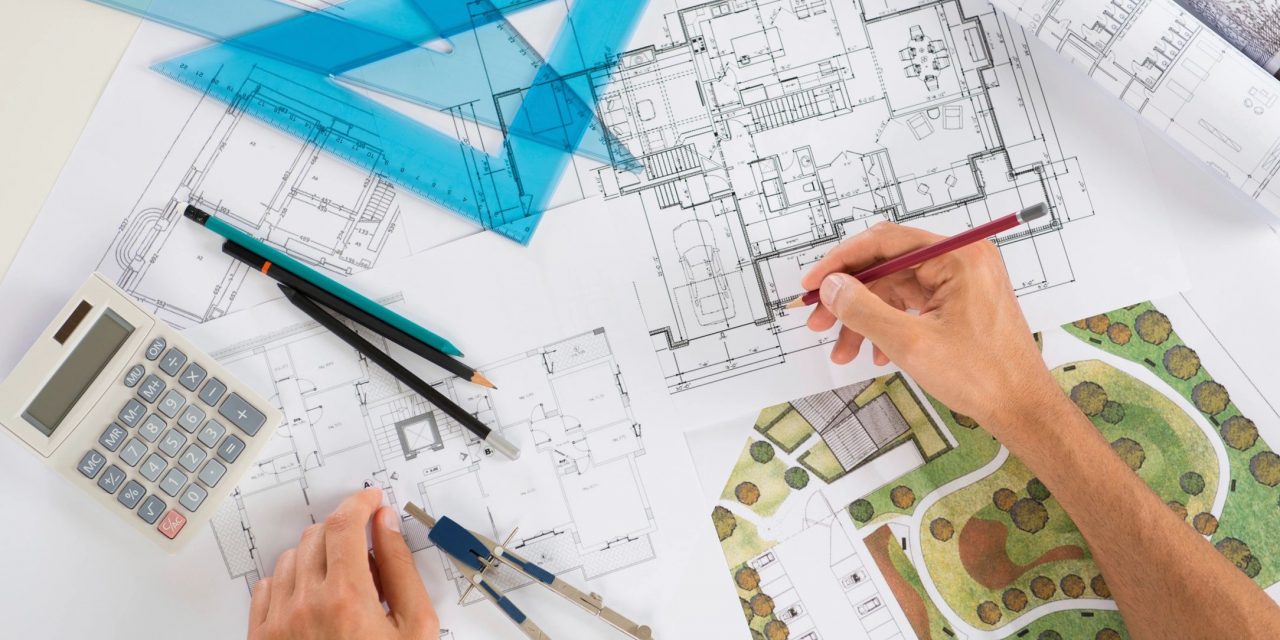
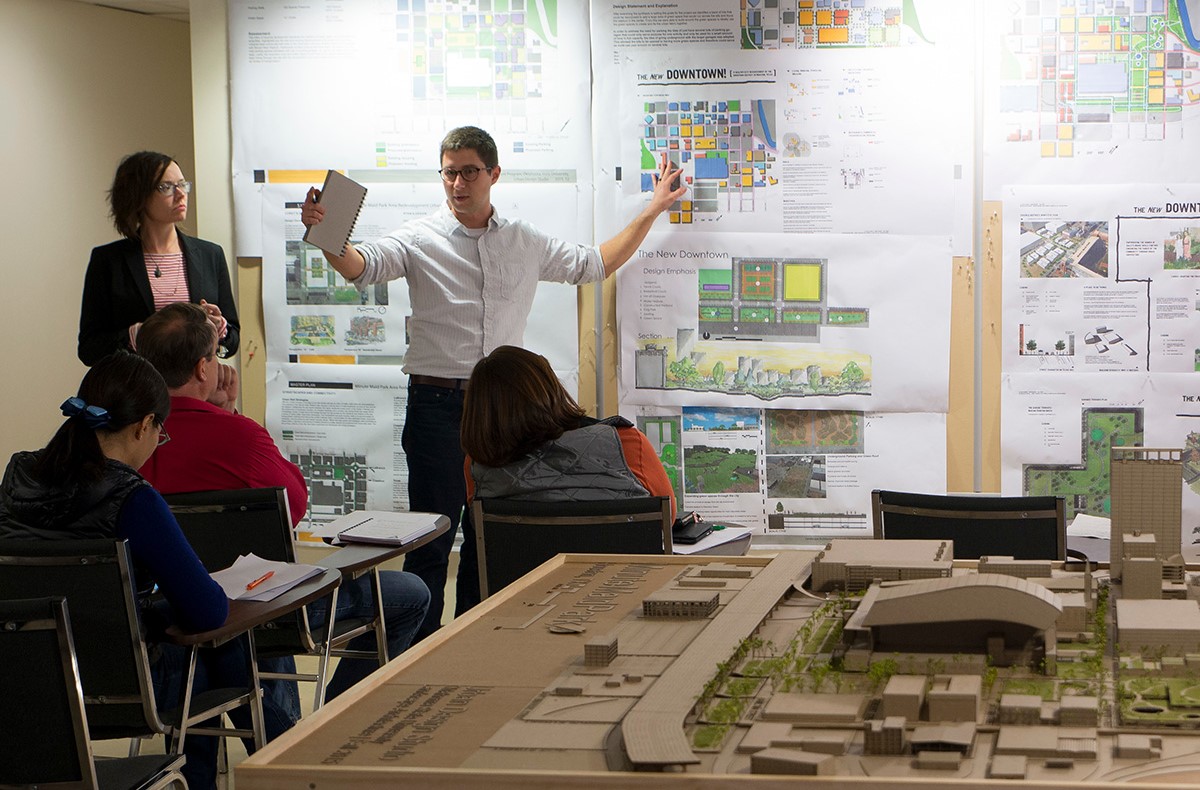
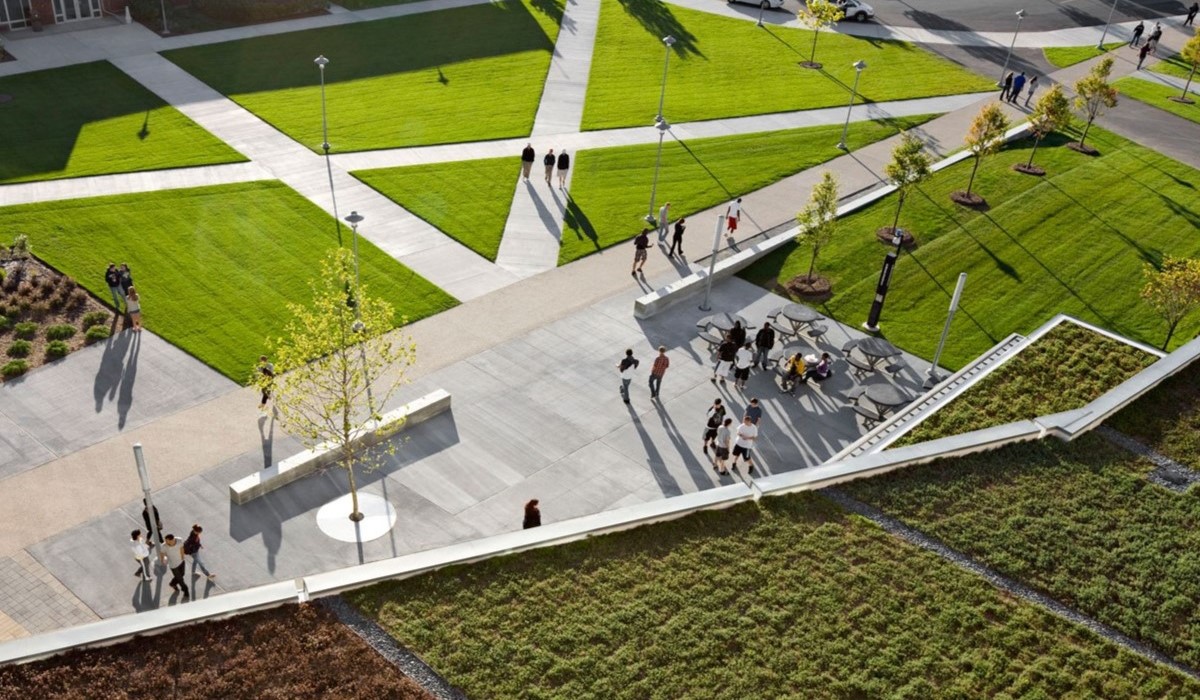
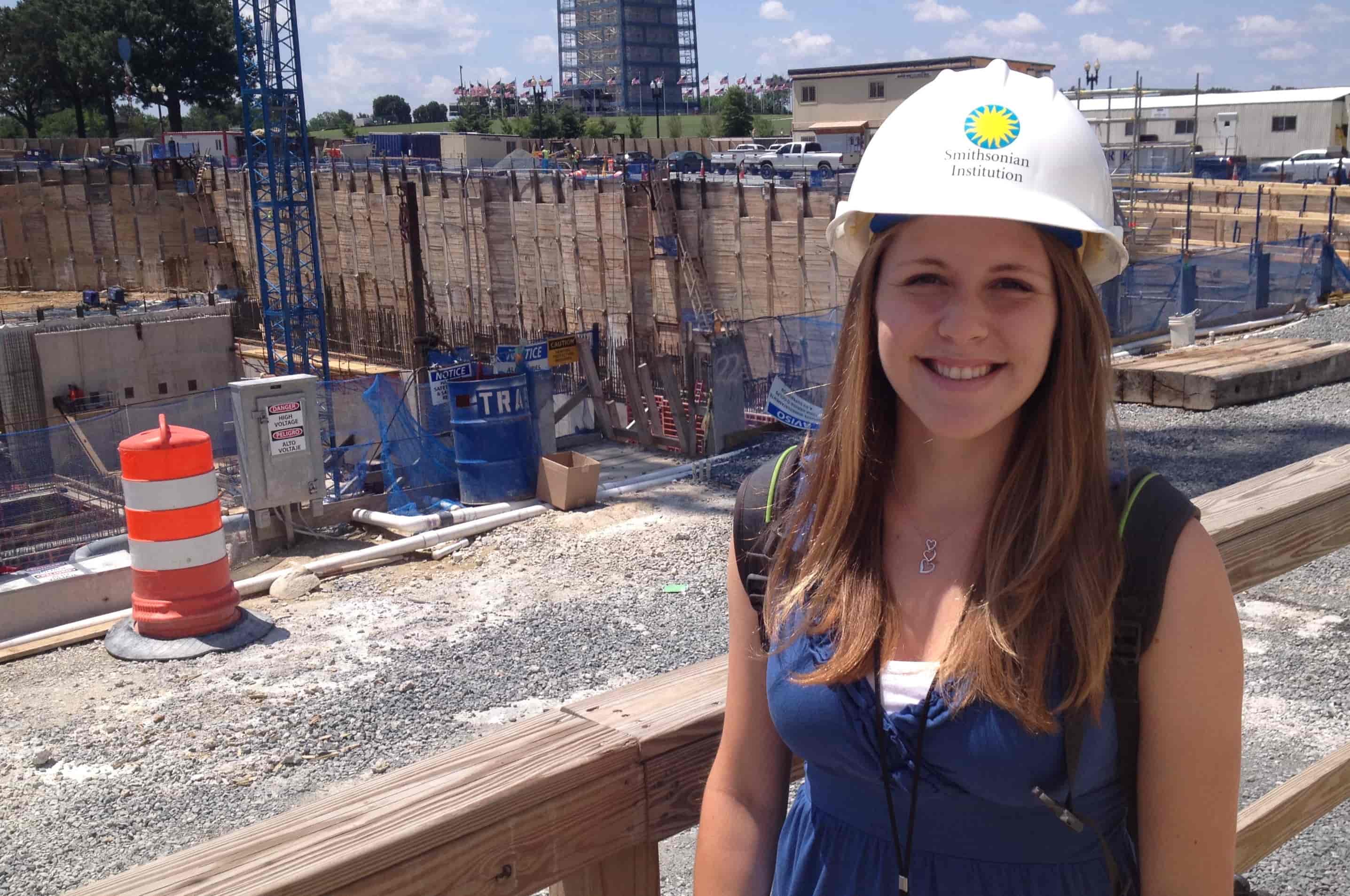

0 thoughts on “How Does A Landscape Architect Use Mathematics?”